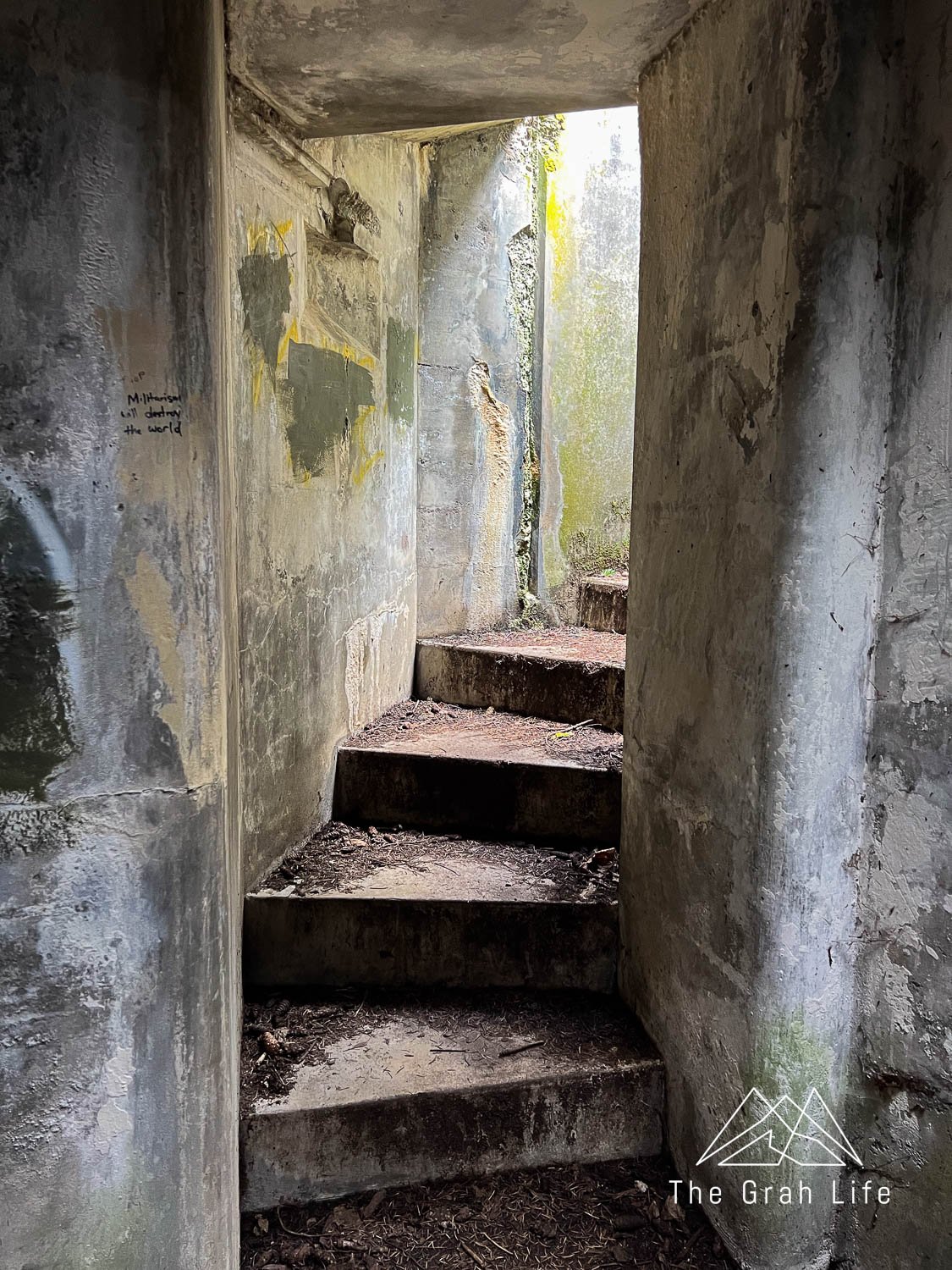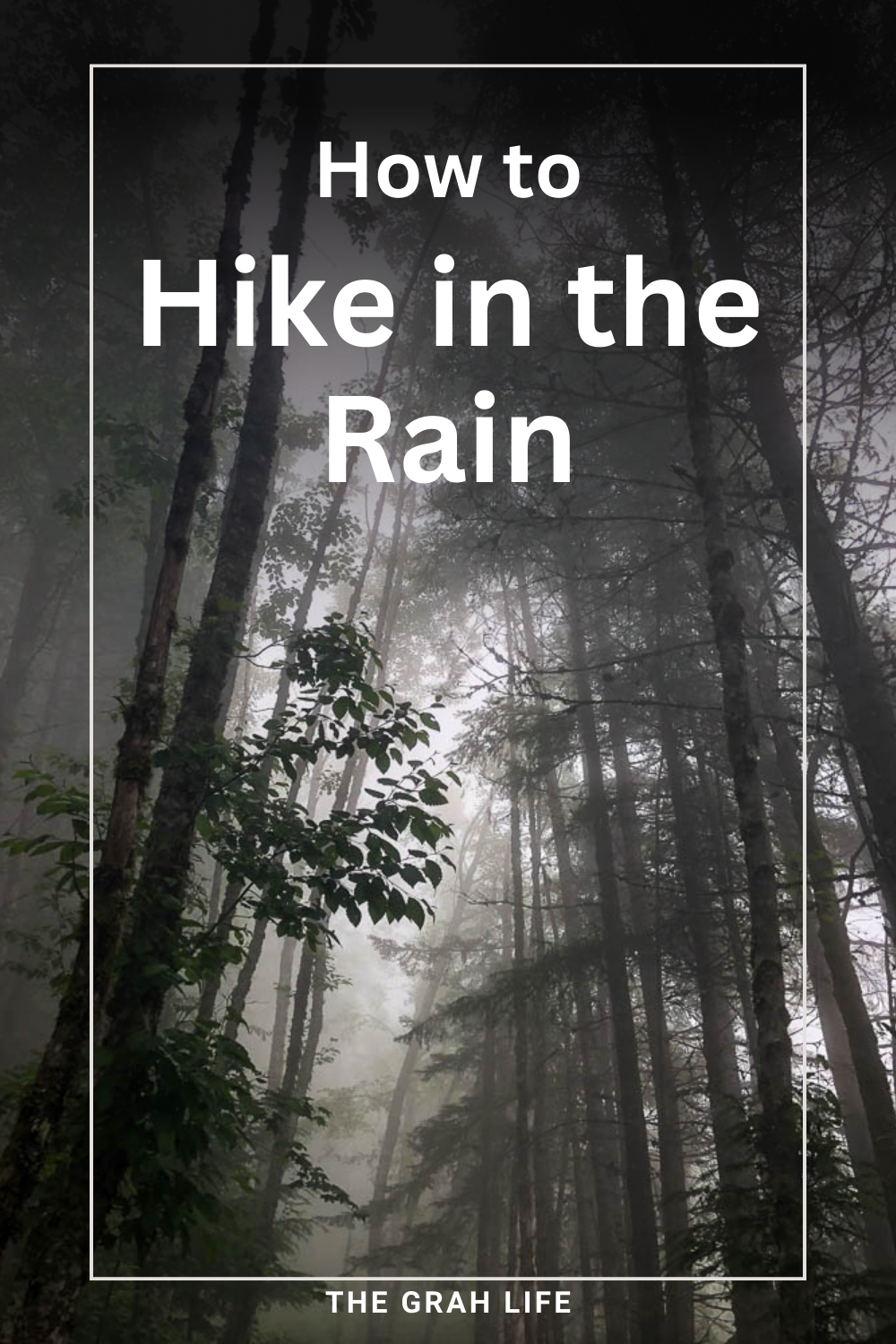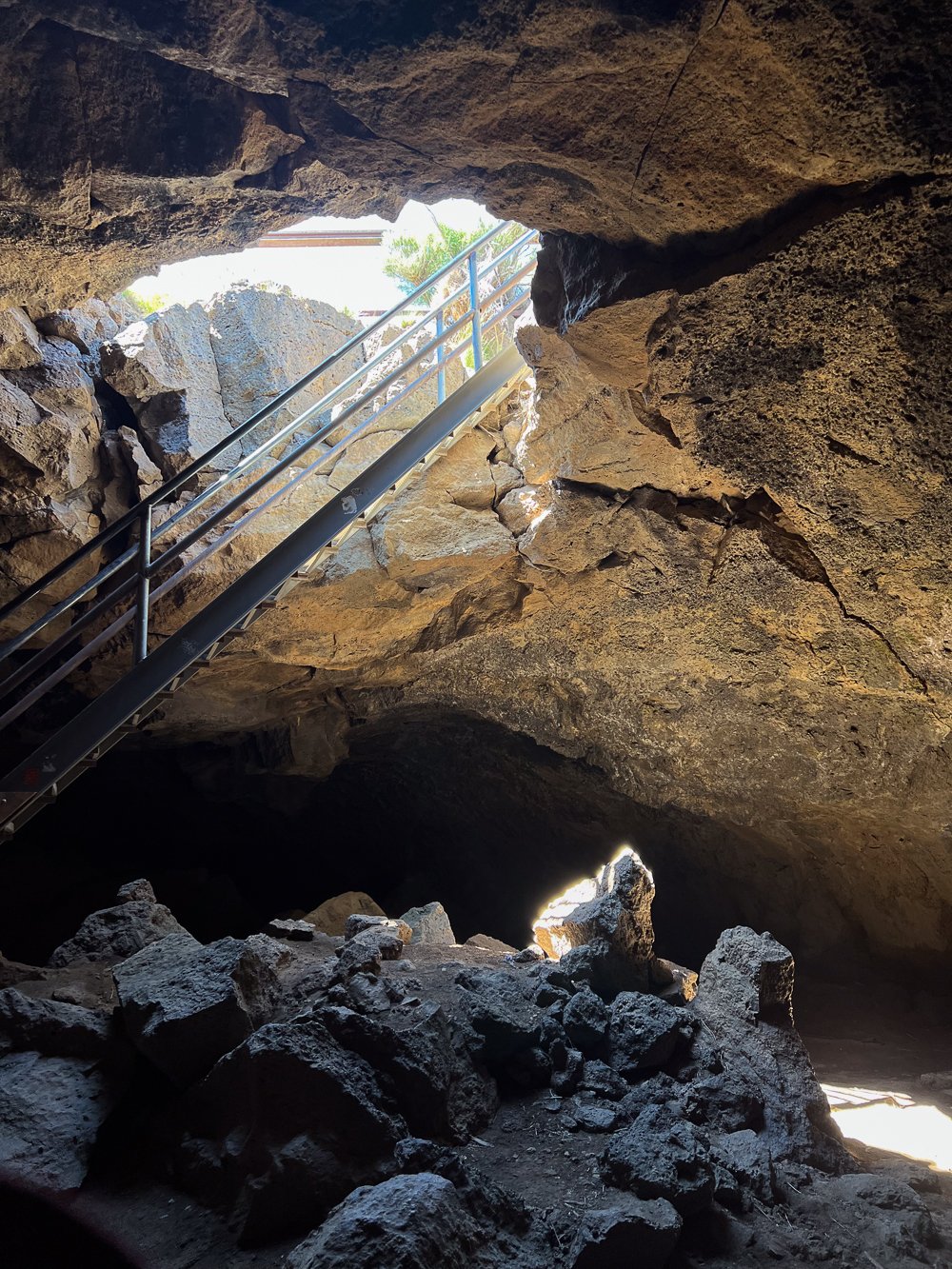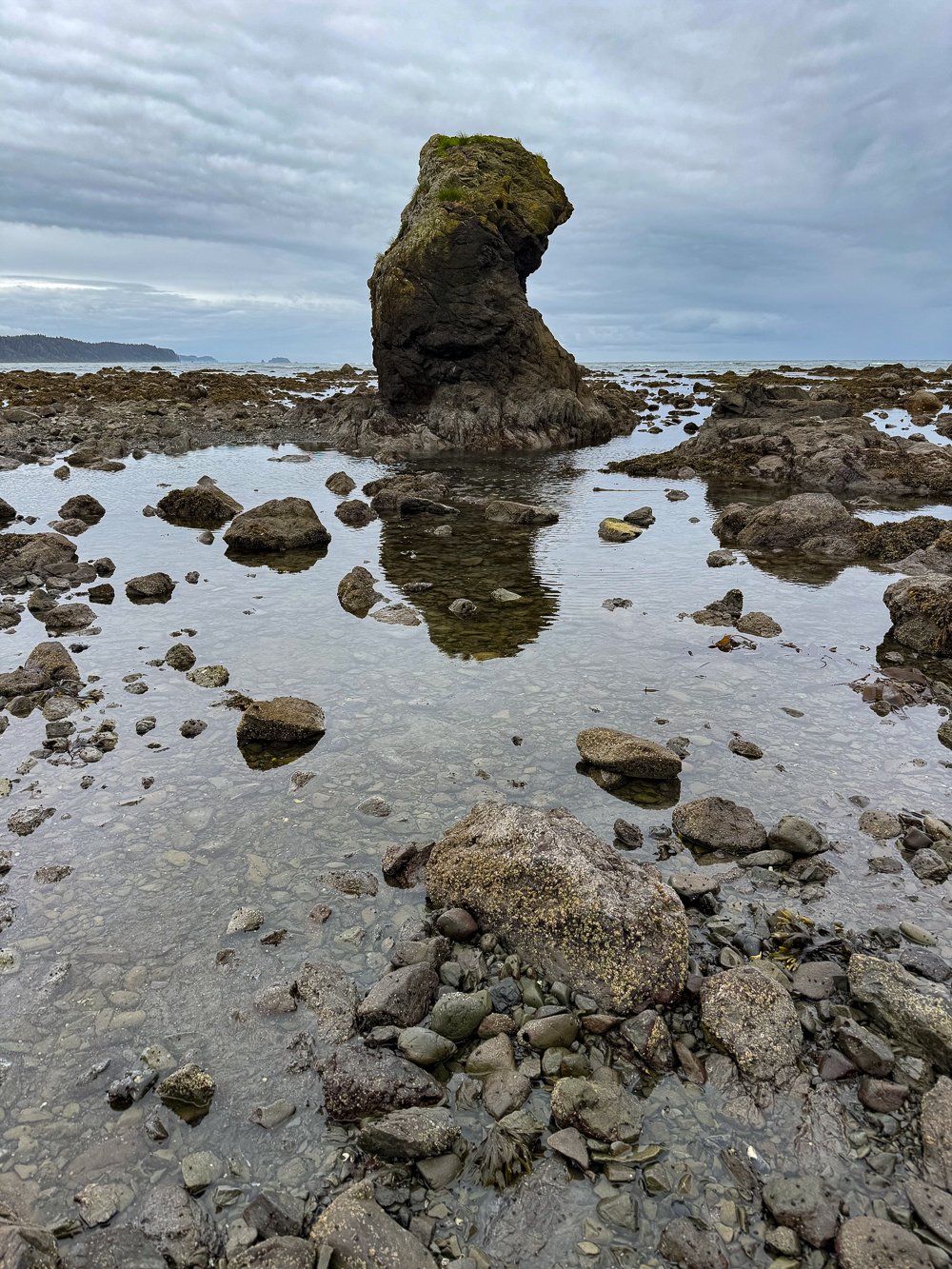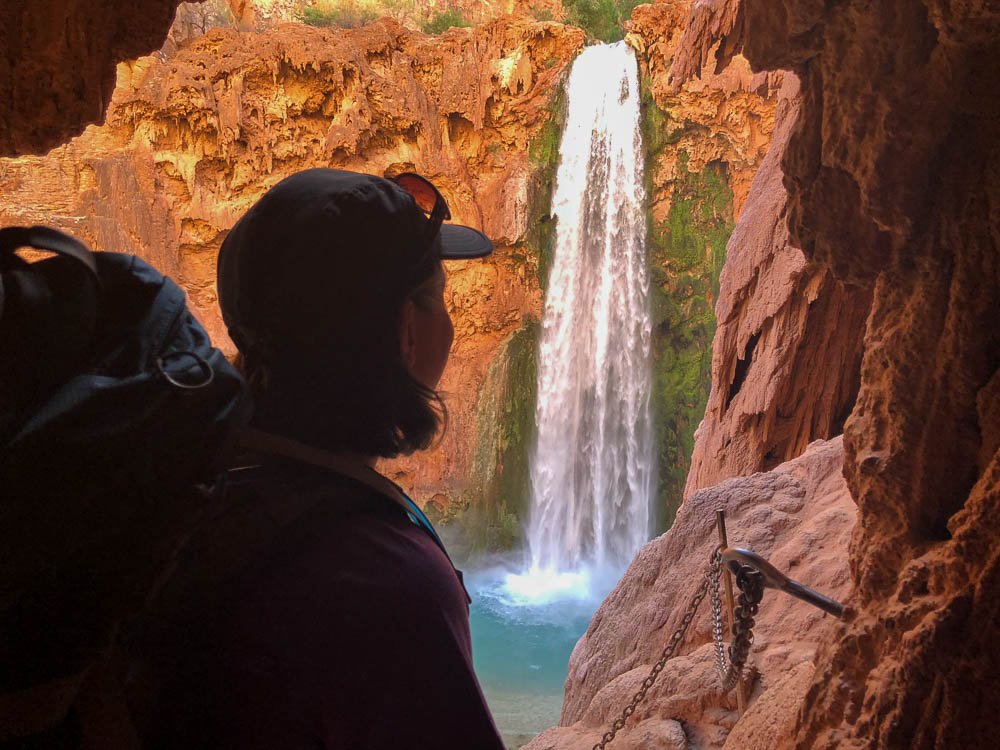How to Hike in the Rain
Ready to embrace the rainy season? Say goodbye to crowded trails and fair-weather hikers! Hiking in the rain may take a bit more effort, and often motivation, than in dry weather, but it’s so rewarding.
Do your research
Knowing what to expect weather-wise is the most important aspect of hiking in the rain. Check here for weather in Washington, and never go hiking if a storm is forecasted.
Check trip reports on Washington Trails or Alltrails for trails you’re interested in and avoid trails that have a history of flooding.
Rattlesnake Ledge
Plan around the weather
Where will it rain?
Oftentimes we don’t end up hiking in the rain when it’s forecasted at home. If you’re willing to drive, it’s possible to avoid forecasted rain by visiting a different region.
Here in Washington, storms usually start in the west and move east. Eastern Washington is typically much drier, and it’s common for the coast to have clear weather by the time inclement weather reaches the Central Cascades. We head in whichever direction has the best forecast.
When will it rain?
We also recommend planning around when rain is forecasted. Check the hourly forecast and hike before or after it’s supposed to rain. Of course, still prepare as if you’ll be hiking in the rain — you likely might — but it could be significantly less.
Choose your trails wisely
What to avoid
You’ll want to avoid hikes with exposed ridgelines and summits, as well as hikes with scrambles over slick rocks or roots. We made the mistake of hiking to Mount Rose in the early spring, and the wet tree roots and steep elevation were treacherous.
What makes a trail great for rainy days
Aim for hikes with heavy tree cover. Usually trails with old-growth forests are promising, and often you’ll find hikes with great tree cover along rivers or going to waterfalls and lakes. This is a great time to check out shorter trails as well.
Our favorites in Washington are:
Lake 22
Hikes that have more untraditional cover — like historic forts (Washington has three) or caves also make great rainy-day experiences.
Our favorites in Washington are:
Fort Worden
Use your best judgment
It’s okay to turn back on a hike early or choose to stay home. If you do go out, be aware of your surroundings and the weather as it changes. If clouds turn stormy, leave immediately. You don’t want to be caught in the wilderness during a storm.
What to wear
Avoid cotton
Cotton is slow to dry. As a result, it can cause chafing and be very uncomfortable, and even dangerously cold if it gets wet. Instead, wear moisture-wicking clothing.
Mailbox Peak
Layer
You’ll want to bring warm layers so you can easily add or take off a layer. Take off a layer if you’re sweating, otherwise you’ll be extremely cold if you need to stop hiking.
Bring a mid-layer, as well as warm hats, and gloves. If it’s going to be really cold, add base layers to stay toasty.
Ventilation
Choose rain jackets and rain pants with good ventilation. Look for raincoats with zippers in the armpits, and pants that have zips on the tops and bottoms so you can get them on and off without taking your boots off. Rain pants should go over your boots so they don’t funnel rain into them.
Rain cover
Our day hiking bags have rain covers provided, but if your daypack doesn’t come with one, purchase a rain cover, or bring a poncho or trash bag, to use in a pinch. Most backpacks are not waterproof, so if you do not cover them, not only will your things inside them be wet, but your bag will also be very heavy.
Ponchos
Bring ponchos just in case. If you’re set on hiking in a downpour, or a trail without good cover these will help your water-resistant (it’s never waterproof!) gear from becoming soaked through.
Ramona Falls
Extra gear
Although these things aren’t essential, they could make your hike much more enjoyable. The first of which is bringing along a baseball cap. Wear it to keep the rain off your face — it’s Meghann’s favorite Pacific Northwest hack!
The second is bringing a change of socks with you. If your socks do get wet, your feet will likely blister. It’s easy to prevent this with a change of dry socks.
Leave an extra set of clothes in your car. We’ve only wished we’d have done this once when the trail we chose had significantly less tree cover than we anticipated. Since then, on rainy days we’ve only hiked on trails that we’ve been on before, so we’re not guessing how exposed we’ll be.
Search the blog for more adventures! Try searching for topics such as “camping”, “waterfalls”, or “Washington”.




